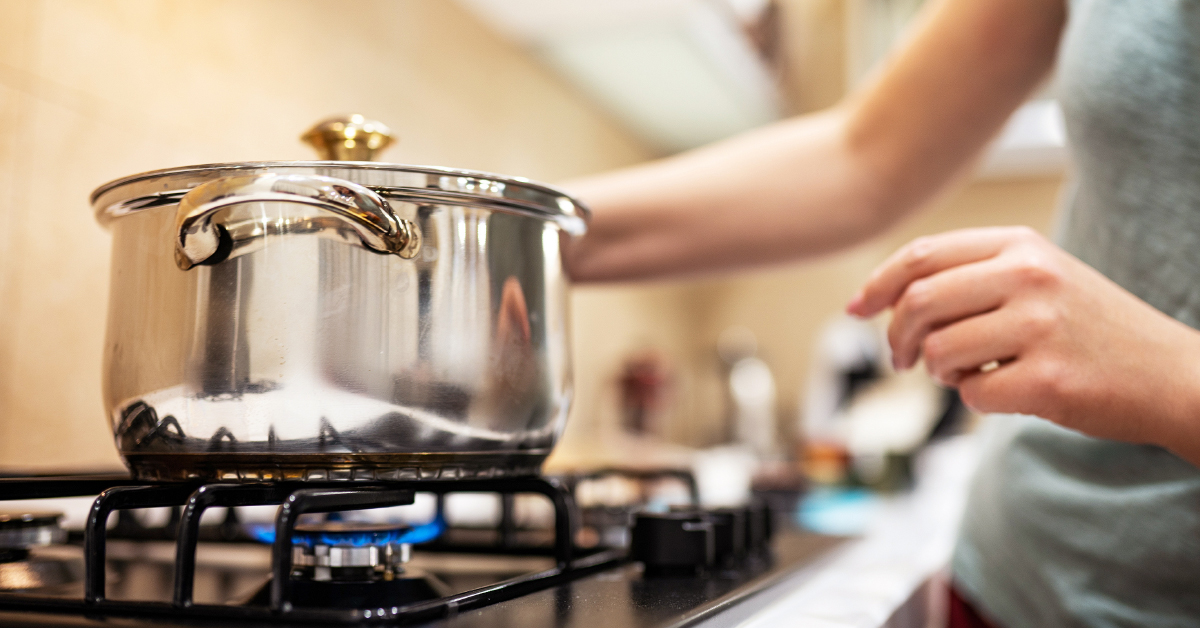Burn Safety: Burns and Scalds Prevention Tips

Burn injuries continue to be one of the main causes of accidental injury and death in the United States. In fact, according to the American Burn Association, approximately 486,000 people in the U.S. get treatment for burn-related incidents on a yearly basis.
Observing burn safety is a must in every home, especially if you have young children. A lot of burn cases can be prevented by making a few simple adjustments at home and by taking a few simple precautions.
Below are the most common types of burns that can occur at home, along with tips on how to prevent them from happening.
- Scald/Thermal burns
- Chemical burns
- Electrical burns
Simple ways to prevent burns and scalds
- Establish “no zones” for both small kids and pets.
- Teach your kids to keep a safe distance from the fireplace, stove, space heaters, radiators, as well as grills.
- Consider blocking access to the laundry room and stove while ironing and cooking.
- Do not leave a small child unattended in the room or kitchen with a heater, fireplace, iron, or curling iron, and make sure that these appliances or devices are out of their reach.
Reduce the water temperature
- Check the settings of your water heater and make sure that the temperature is below 120 degrees Fahrenheit.
- Make sure that you always test the water temperature of your bathtub or shower before allowing your kids to do in. The ideal water temperature is about 100 degrees Fahrenheit.
Avoid hot spills
- Keep hot food and beverages away from the table or counter where your small kids can reach them. Also, avoid using placemats and tablecloths around kids that can pull them by accident and unintentionally scald themselves.
- When you are cooking, be sure that the pot handles are facing inward. Whenever possible, use the back burners to prevent anyone from bumping and spilling hot contents.
- Do not carry hot beverages or food and cook while holding a child in your arm.
When to go to the ER
Generally, first-degree burns do not need medical attention. But, if the injury is painful or is blistering, this indicates a deeper burn, and is most likely a second-degree burn. Severe burns are third and fourth-degree burns, and typically, the victim doesn’t experience pain since the injury has already affected and damaged the nerves.
If you or a loved one suffered from third-degree burns, be sure to call 911 right away or rush to your local Cibolo, TX emergency room. Not being able to receive immediate medical care can result in complications including dehydration, infections, shock, nerve damage, and sepsis.
Go to the emergency room if:
- You develop a fever
- The burn is on your face
- The burn is bigger than 3 inches
- The burn was caused by an electrical shock
- The injury has a foul smell and or if there is pus present
- The pain is getting worse
Physicians Premier, your local Cibolo, TX ER is open 24/7 and is ready for your family’s emergency. Our facility is well-equipped to diagnose and treat any medical emergency.
Sources:
“Burns and Scalds Prevention Tips,” Safe Kids Worldwide, https://www.safekids.org/tip/burns-and-scalds-prevention-tips
“Burn Incidence and Treatment in the United States: 2016,” American Burn Association, https://ameriburn.org/who-we-are/media/burn-incidence-fact-sheet/
“Burns and Wounds,” John Hopkins Medicine, https://www.hopkinsmedicine.org/health/conditions-and-diseases/burns
“Household Safety: Preventing Burns and Fires,” Kids Health, https://kidshealth.org/en/parents/safety-burns.html


